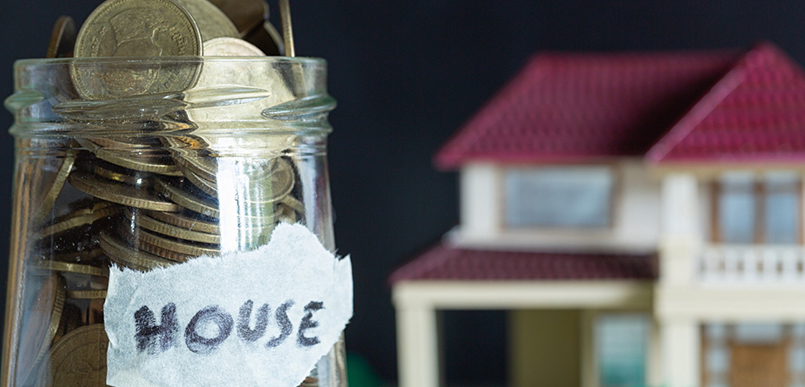In recent years, container homes have emerged as a viable alternative to traditional housing, captivating the imaginations of homeowners, architects, and sustainability enthusiasts alike. Beyond their aesthetic appeal and eco-friendly credentials, container homes offer compelling financial benefits that make them an attractive option for budget-conscious individuals and forward-thinking investors. In this blog, we’ll delve into the financial advantages of container housing, exploring cost comparisons, savings potential, financing options, and long-term value without confining ourselves to any specific location.
Cost Comparison: Traditional Housing vs. Container Homes
One of the most significant financial advantages of container housing lies in its cost-effectiveness compared to traditional brick-and-mortar construction. While the exact figures may vary depending on factors such as location and design complexity, container homes typically boast a lower upfront cost per square foot. This cost advantage stems from several factors, including the availability and affordability of shipping containers, streamlined construction processes, and reduced labor expenses.
When comparing the cost of building a standard single-family home with that of a container home of similar size and specifications, the savings can be substantial. Container homes often require fewer materials and labor hours for construction, translating into significant cost savings without compromising on quality or structural integrity.
Savings Potential: Construction, Maintenance, and Energy Expenses
Beyond the initial construction phase, container homes offer ongoing savings in maintenance and energy expenses. Thanks to their durable steel construction, shipping containers require minimal upkeep compared to traditional building materials such as wood or brick. With proper maintenance, container homes can withstand harsh weather conditions and remain structurally sound for decades, reducing the need for costly repairs or renovations.
Moreover, container homes are inherently energy-efficient, with excellent insulation properties that help regulate indoor temperatures year-round. This thermal efficiency translates into lower heating and cooling costs, contributing to long-term savings on utility bills. Additionally, the modular nature of container construction allows for easy integration of energy-efficient systems such as solar panels, further reducing reliance on grid power and lowering electricity expenses.
Financing Options and Incentives
While financing options for container homes may vary depending on individual circumstances and geographical location, there are several avenues available to support prospective homeowners in realizing their container housing dreams. Traditional mortgage lenders, as well as specialized lenders familiar with alternative construction methods, may offer financing container home projects.
In addition to conventional financing, aspiring container homeowners may also explore government incentives and grants designed to promote sustainable building practices and renewable energy adoption. These incentives, which can include tax credits, rebates, and low-interest loans, serve to offset upfront costs and enhance the financial feasibility of container housing initiatives.
Long-Term Value and Return on Investment
Beyond immediate cost savings and ongoing expenses, container homes offer long-term value and potential return on investment. As sustainable living practices gain traction and environmental awareness grows, the demand for eco-friendly housing solutions is on the rise. Container homes, with their blend of affordability, sustainability, and modern aesthetics, are well-positioned to capitalize on this trend.
Moreover, container homes boast inherent flexibility and adaptability, allowing homeowners to easily modify and expand their living spaces as their needs evolve over time. This versatility enhances the resale value of container homes, offering a potentially lucrative investment opportunity for homeowners seeking to maximize their returns.
Conclusion
Container housing presents a compelling financial proposition for individuals and families seeking affordable, sustainable, and stylish living solutions. From lower construction costs and reduced maintenance expenses to energy savings and potential investment returns, the financial advantages of container homes are undeniable. By embracing container housing, homeowners can not only save money but also contribute to a greener, more sustainable future.





Comments are closed